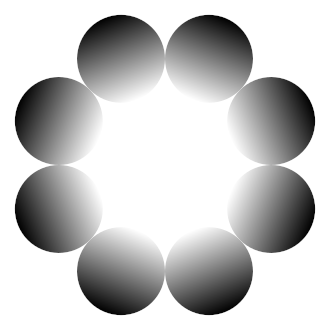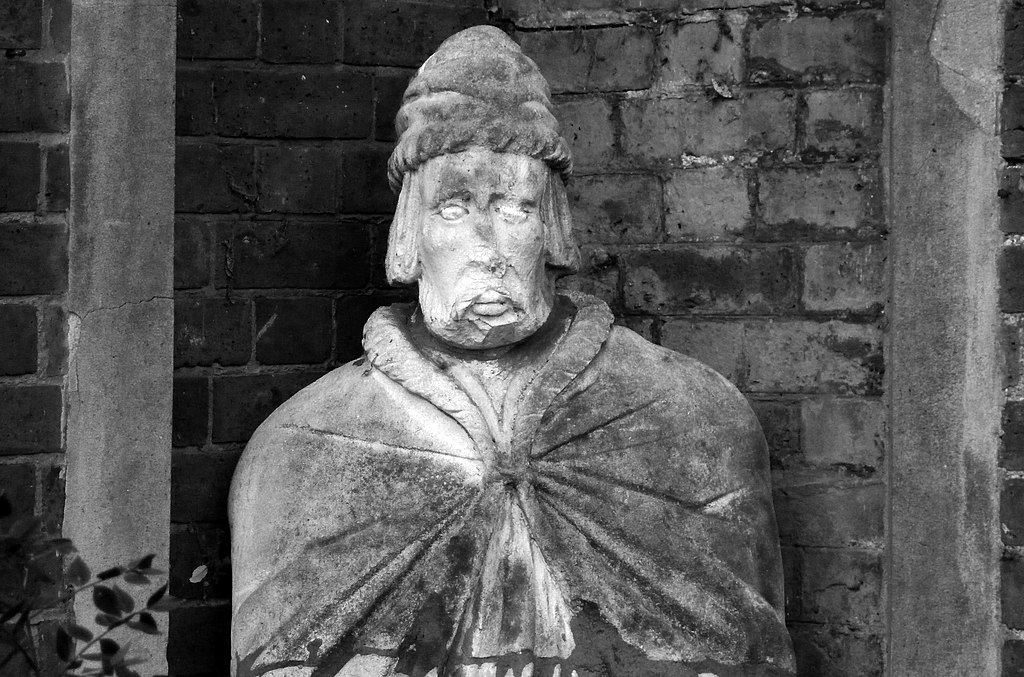A selection of topics considered by the Athenian Society, a learned organization established in 1691 to answer “all the most nice and curious questions proposed by the ingenious of either sex”:
Bashfulness, why in Women more than Men?
Books least known to those that need ’em
Bath-waters, what makes ’em hot?
Dials, Clocks and Watches, when first made?
Eunuch, whether ever in Love?
Greenland, how should a Tree come there?
Hedg-hogs, how are they propagated?
Head or Feet, which Travels most?
Knowledge of Men or Things, which best?
Kissing, is there any Pleasure in it?
Love, its discovery
Lady, whether she may marry herself?
Love after Marriage, whether as great as before?
Matter, whether infinitely divisible or no?
Memory, how shall I strengthen it?
Nettle, how does it sting?
Original copy of the Bible, how proved?
Offence committed, which was the first?
Pre-existence of the Soul, how is it?
Rain-bow, its Cause
Socrates, did he wisely in bearing the Clamours of his Wife?
Vow never to Marry, whether I may break it?
Vows made to a Lady, whether binding?
Virginity or Marriage, which best?
Women, why more talkative than Men?
Readers submitted their questions anonymously, and the responses were published weekly.




